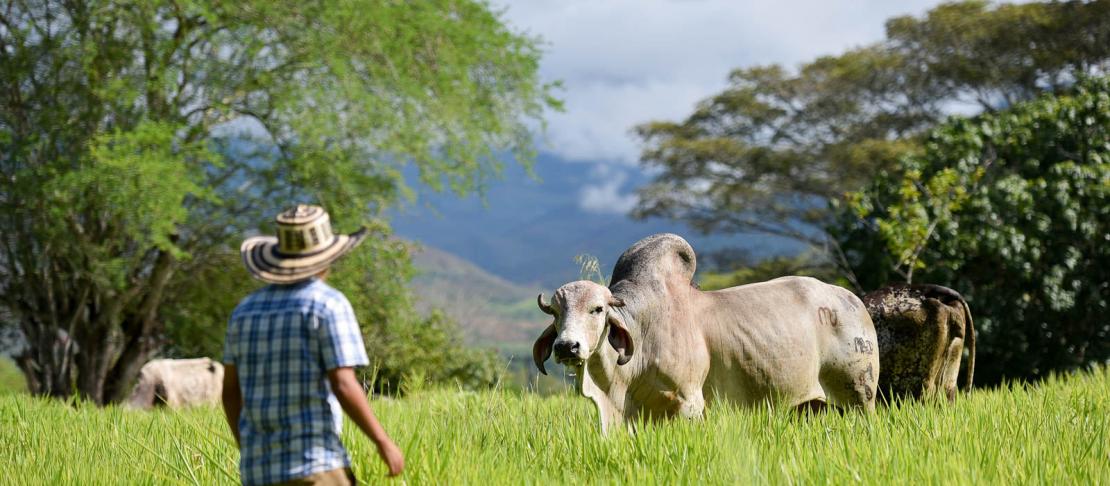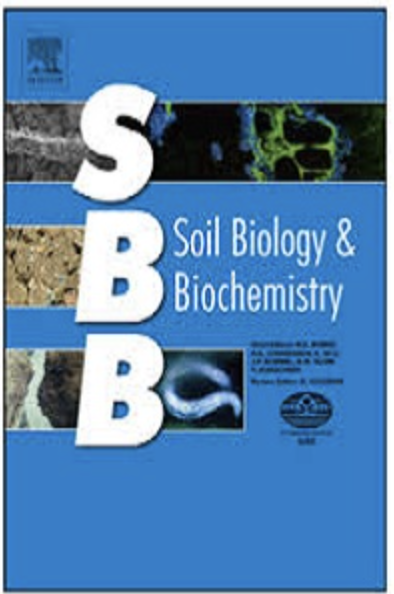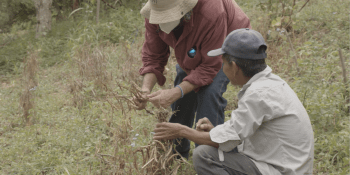Study finds that some tropical grasses provide nutritious animal feed and improved nitrogen use efficiency

Increasing land area under grasses that inhibit nitrification will improve farm productivity and decrease nitrous oxide emissions, among other benefits.
Emissions of nitrous oxide, a potent greenhouse gas, have been increasing since industrialization. Livestock excreta accounts for 10% of nitrous oxide emissions from soils, largely through bovine urine because its high nitrogen concentration generally exceeds plant uptake rates. 
In multi-year trials, scientists observed that exudates from the roots of some plants inhibit the activity of soil nitrifiers (a process known as biological nitrification inhibition - BNI). Therefore, these plants slow down soil nitrogen transformation processes - increasing fertility and reducing emissions of nitrous oxide. But would BNI work on these concentrated urine patches?
In a 2017 publication in Soil Biology & Biochemistry, researchers shared results from a short-term experiment to determine the initial responses of soil nitrifiers to bovine urine patches and their respective feedbacks on soil nitrous oxide emission under two different Brachiaria cultivars that have been shown to have high BNI capacity. They found that tropical forages with high BNI capacity indeed mitigatied nitrous oxide emissions from bovine urine patches in pasture soils.
Results point to the potential ofwide-spread adoption of tropical forage grasses with high BNI capacity to decrease nitrous oxide emissions in grazed pastures. Countries with large numbers of livestock may want to consider expansion of forage grasses with high BNI as a mitigation option that is compatible with increased productivity.
The International Center for Tropical Agriculture (CIAT) conducted the research as part of the CCAFS LivestockPlus project, and in collaboration with efforts funded by the United States Agency for International Development (USAID), the University of California Davis Research for Innovation Fellowship in Agriculture, and the University of Hohenheim. CCAFS receives support from CGIAR Fund Donors and through bilateral funding agreements.
Citation: Byrnes RC, Nùñez J, Arenas L, Rao I, Trujillo C, Alvarez C, Arango J, Rasche F, Chirinda N. 2017. Biological nitrification inhibition by Brachiaria grasses mitigates soil nitrous oxide emissions from bovine urine patches. Soil Biology & Biochemistry 107: 156-163.
Read the original blog on CIAT News written by Ngonidzashe Chirinda: Tropical grasses: feed and plumber
Julianna White is the program manager for CCAFS low emission development research.



